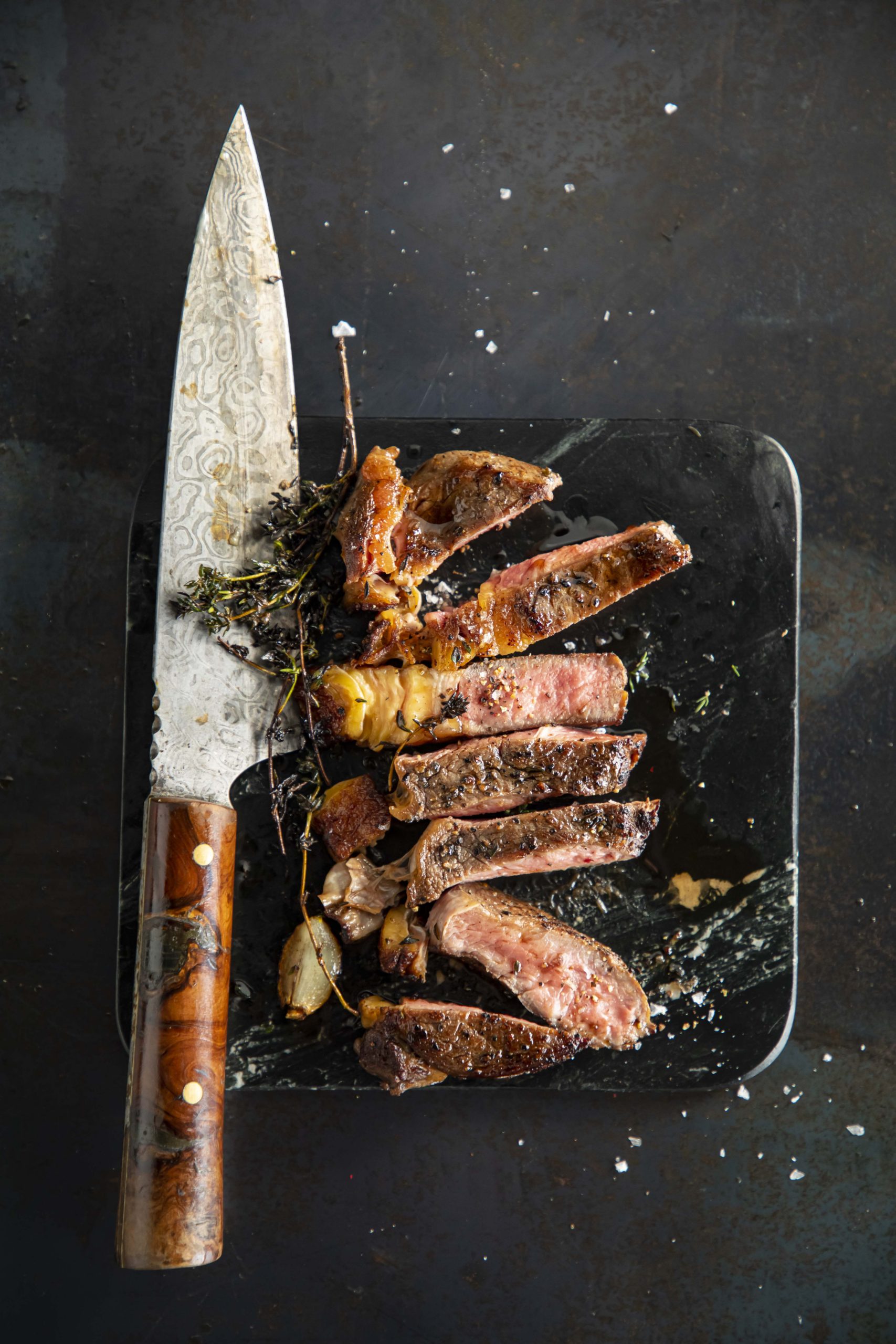Field Kitchen safari Cooking
Ooooh…. The Ultimate Steak Sous Vide! Cooking on a Camp Fire.
Prepping for Namibia and Botswana Cooking hack for Vet Fences. And Now for something completely different from the field kitchen.
As you already know we have had the most incredible adventure in Botswana and Namibia 2022 The were some challenges One of the challenges were vet fences and the transportation of raw meat.
The vet fences are in place to prevent the spread of foot and mouth disease amongst livestock and other wild animals. If you are not in the know your meat could be confiscated at a vet fence which could seriously ruin your camp fire vibes.
It is commonly understood that cooked meat is allowed through vet fences. Which got us thinking. We have a hack that could be the solution. Introducing Sous vide The Sous vide method is well known in the restaurant industry as way of pre cooking and tenderising meat, locking in all the juices and flavour. The best part is you are still going to be able to braai your meat on a fire.
Below is a guide to prepare meat to your own preference.
Sous Vide Guide
Rare sous vide steak (120°F/49°C): Your meat is still nearly raw. Muscle proteins have not started to contract much and will have a slippery, wet texture. Chewier cuts, like hanger or flap meat, will be particularly tough at this stage. Fat has not yet started to render, so fattier cuts will have a waxy texture. I recommend cooking only very lean, tender cuts, like tenderloin, to rare.
Medium-rare (129°F/54°C): Your steak is still nice and red, but muscle proteins have begun to tighten and firm up. You lose a bit of juice due to this tightening, but what you lose in juice, you gain in tenderness. Medium-rare steaks have a cleaner bite to them: Instead of muscle fibrils mushing and slipping past each other, as they do with very rare steaks, they cut more easily between your teeth. I recommend medium-rare for all types of steaks, though steaks particularly high in fat benefit from being taken closer to medium.
Medium sous vide steak (135°F/57°C): Your steak is a rosy pink throughout and has lost about four times more juices than a rare steak. With a well-marbled piece of beef, however, the rendering, softened fat should more than make up for this extra juice loss. Coarsely textured cuts, like hanger, skirt, and flap meat, also become firm and juicy at this stage. I recommend cooking very fatty or coarse pieces of beef to the cooler side of medium.
Medium-well sous vide steak (145°F/63°C): Your steak is well on its way to dryness. At this point, you’ve lost nearly six times as much juice as a rare steak, and the meat has a distinctly cottony, grainy texture that no amount of excess lubricating fat can disguise. If you must have your meat cooked medium-well, I suggest using very rich cuts, like short rib, skirt steak, or hanger, which suffer less than finely textured cuts, like ribeye, strip, or tenderloin.
Well-done sous vide steak (156°F/69°C+): I get it. Some people like their meat well-done. However, there is no real reason to use a sous vide precision technique if you like your steak well-done. Just grill or pan-roast until it’s as done as you like it.

